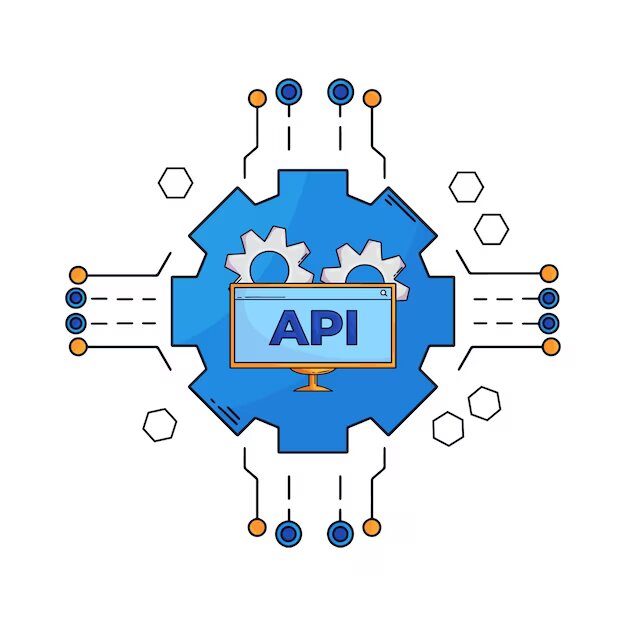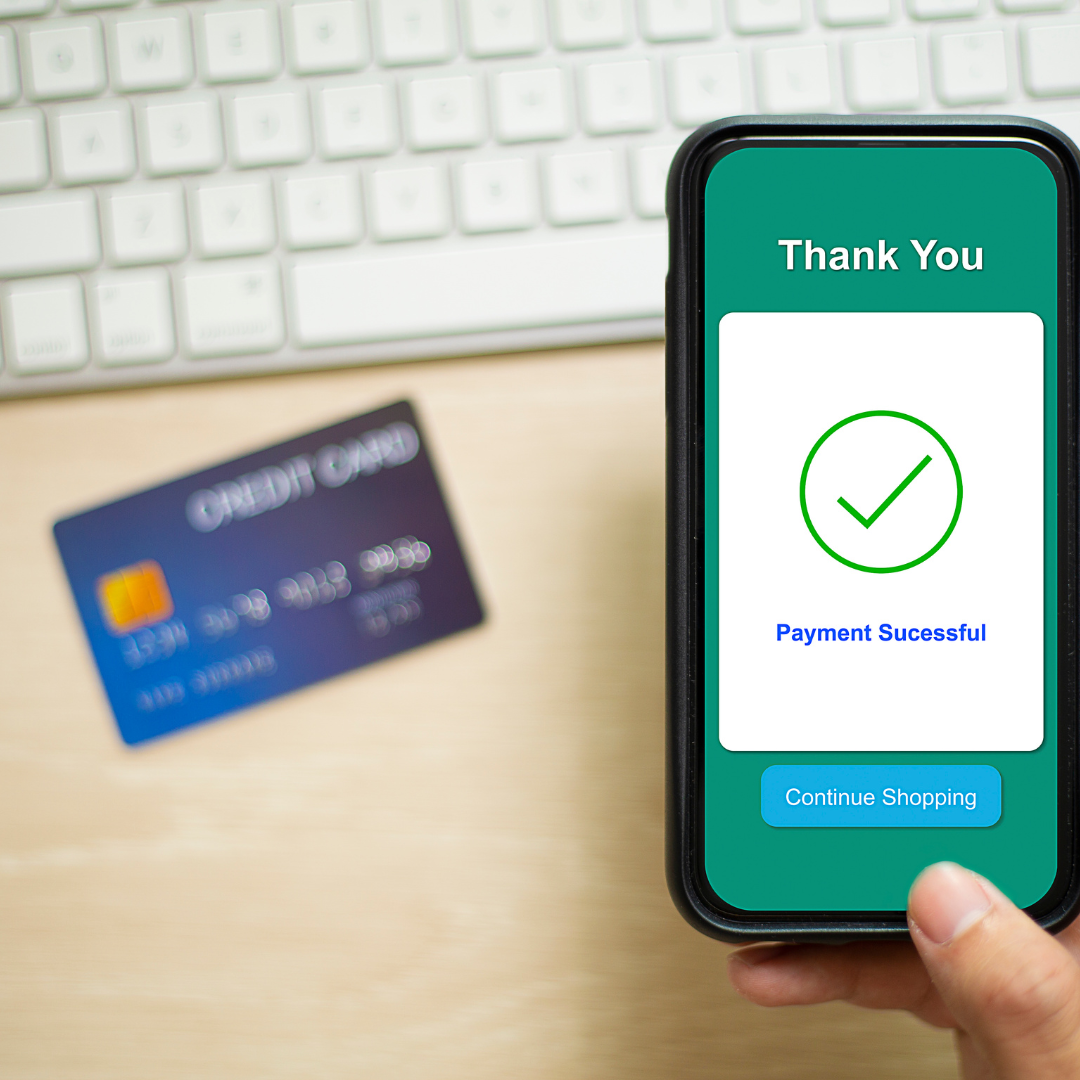Payment gateway analytics play an important role in the eCommerce landscape by providing businesses with valuable insights into transaction performance. In the digital age where online transactions are ubiquitous, tracking and optimizing efficient payment gateways is essential to ensure a seamless customer experience and great revenue.
At its core, payment gateway analytics involve systematic analysis of transaction data that identifies processes, trends, and potential areas for improvement Delving into key metrics like transaction success rates, processing times, and user behaviors enables businesses to gain a full understanding of the efficiency of their payment gateway.
One of the key benefits of Payment Gateway Analytics is the ability to identify and process data in real-time. Monitoring transactional success rates allows companies to quickly identify and correct any errors or discrepancies, reducing the risk of lost sales and dissatisfied customers Also, time management allows companies can streamline their payment processes, making the entire industry more efficient.
One of the key benefits of Payment Gateway Analytics is the ability to identify and process data in real-time. Monitoring transactional success rates allows companies to quickly identify and correct any errors or discrepancies, reducing the risk of lost sales and dissatisfied customers Also, time management allows companies can streamline their payment processes, making the entire industry more efficient.
Improving behavioral performance is not just about solving problems; It’s also about taking advantage of growth opportunities. Payment gateway analytics enable businesses to identify popular payment methods, peak transaction times, and geographic trends. Armed with this information, companies can tailor their strategies to meet customer preferences, expand into new markets, and ultimately increase conversion rates.
Additionally, Payment Gateway Analytics plays an important role in enhancing security measures. By effectively managing transaction data, companies can detect and prevent fraudulent activities, protecting their assets and customers’ trust.
In conclusion, payment gateway analytics are an important tool for companies navigating the complex world of online transactions. By leveraging data-driven insights, companies can proactively manage and optimize their payment gateways, ensuring a frictionless customer experience and driving consistent business growth in a digital environment in a competitive environment.











